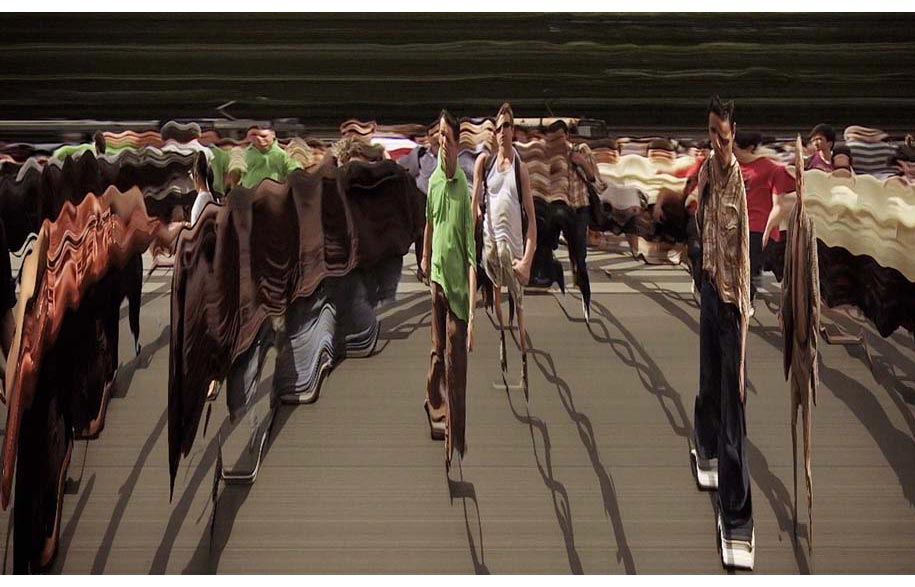
Apparently, there's no 'right' or 'wrong' way to experience video and installation art. So what's the purpose? Habitus Deputy Editor Nicky Lobo finds out.
Words flash on a television screen, popping up and then fading two seconds later. They are sentences about the artist – what they like, what they think. It’s easy to take in at first. And then more and more statements pop up simultaneously. Now I have to make a choice – which sentence do I follow? I don’t know what to do.
Story continues below advertisement
Video and installation art can make me feel uncomfortable – and I’m not the only one. In his latest book, Art as Therapy, (Phaidon, 2013) British philosopher Alain de Botton says, “Our encounters with art do not always go as well as they might. We are likely to leave highly respected museums and exhibitions feeling underwhelmed, or even bewildered and inadequate, wondering why the transformational experience we had anticipated did not occur. It is natural to blame oneself, to assume that the problem must come down to a failure of knowledge or capacity for feeling.” Phew. At least it’s not just me.
“Moving images provide a contrast and play to current sensibilities,” says Amanda Love, who curated the hotel’s collection. “They add frisson and an overall level of excitement that relates directly to the hotel’s demographic and location. All are museum quality artworks in their own right,” Love continues, so patrons receive “an enhanced experience that has real cultural and historical value”.
Story continues below advertisement
French lighting artist Yann Kersale has just created an artwork for the Central Park multi-use development on Broadway, titled Sea Mirror. Inspired by Sydney’s iconic harbor, Kersale installed 320 mirrored plates containing nine LED lights each, programmed to reflect the changing seasons and light variations on the surface of water. “The intended experience for an onlooker is that he/she become an actor when looking at it from any random point of view,” Kersale says.This is just one of many public works to be enjoyed in the development.
Story continues below advertisement
Liam O’Brien, Whistling in the Dark 2013, high definition video, 4:50 mins, commissioned by Artbank 2013, annual rental $660 (GST inc.)
Tony Stephens, Director of Artbank, adds to the discussion: “Often, people and organisations who are interested in contemporary culture or who are at least interested in projecting themselves as being located within this conversation will be consumers and exhibitors of this kind of artwork.”
“There is a perception that screen-based work is too abstract to be deciphered by the lay person, but given our literacy of screen-based works gained through television, cinema and the internet, this is probably a case of perception driving reality.”
Hero image: Daniel Crooks, Intersection No. 4 (vertical volume) 2008, digital video, 4:29 mins, Artbank collection, annual rental $660 (GST inc.)
Artbank
artbank.gov.au
Central Park
centralparksydney.com
QT Sydney
qtsydney.com.au